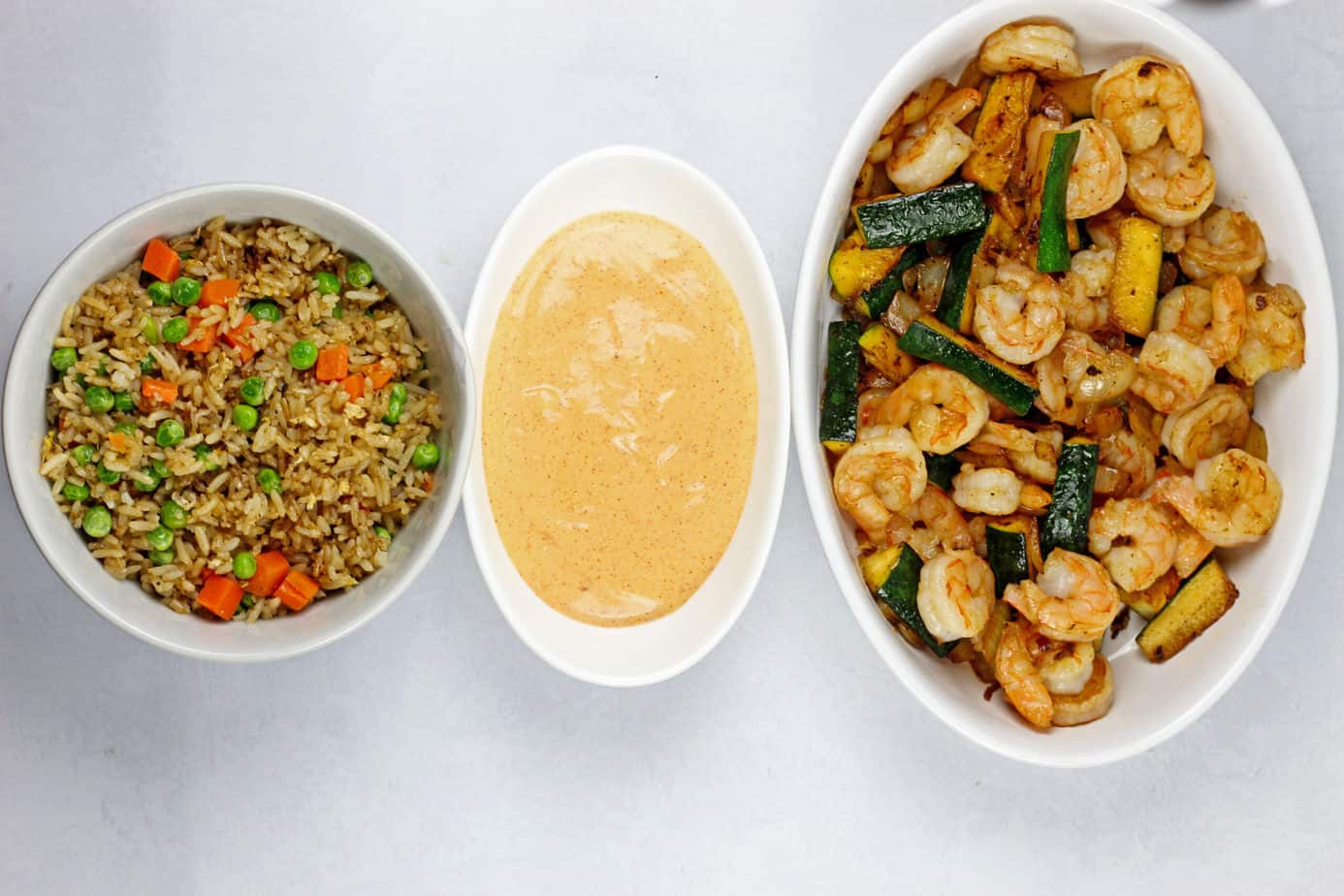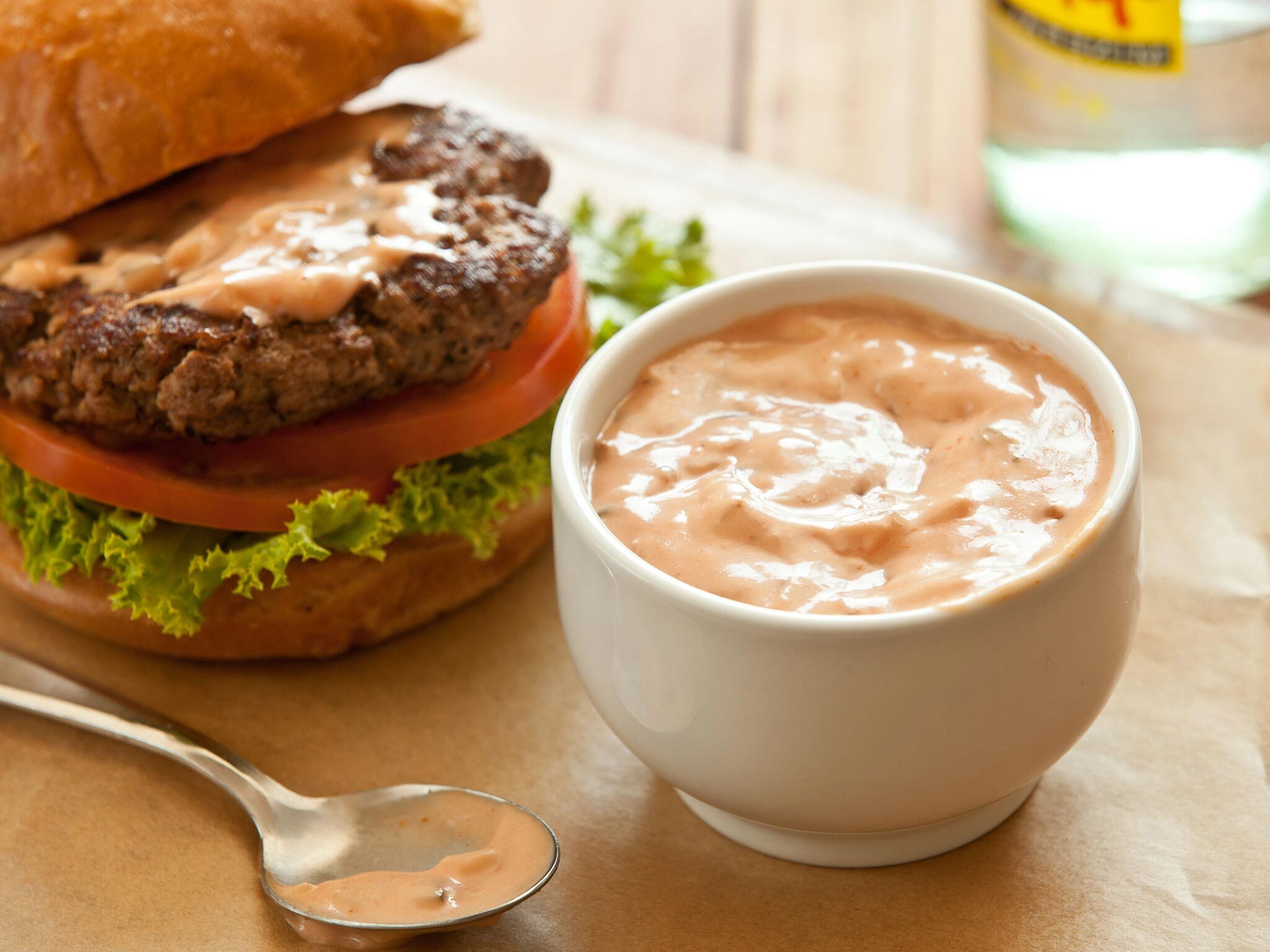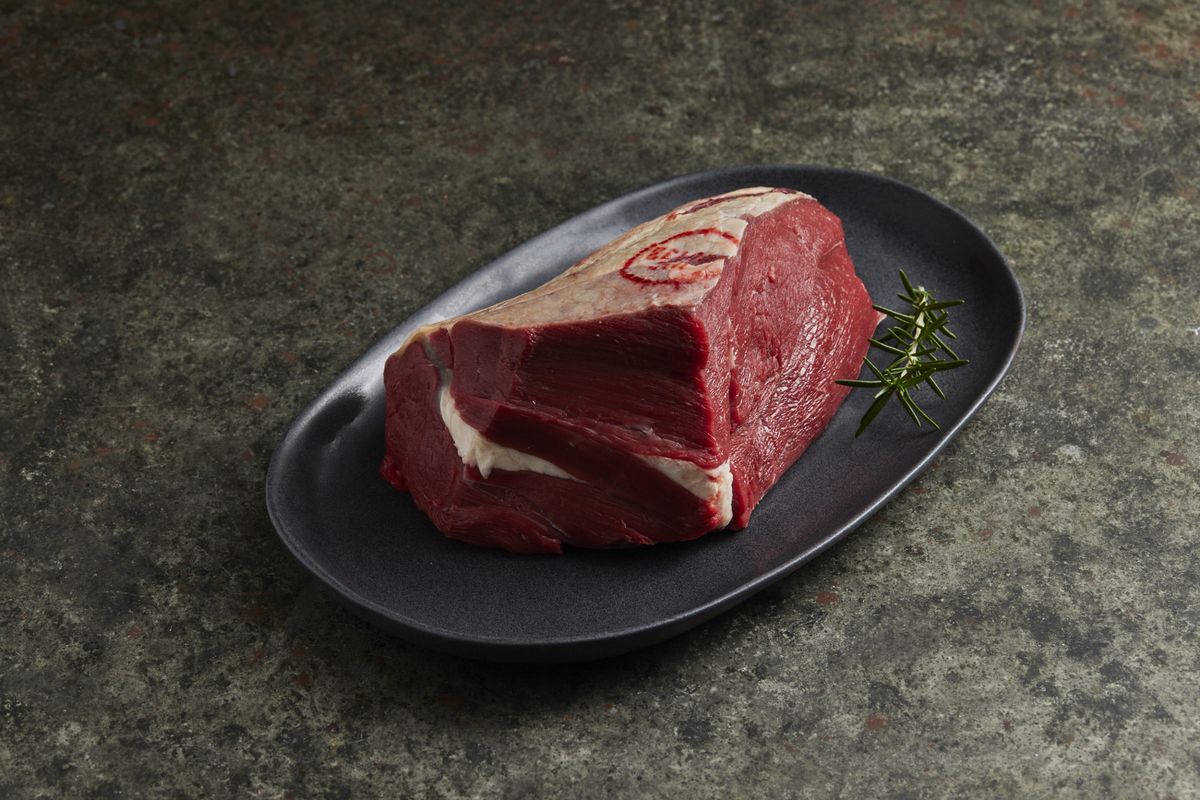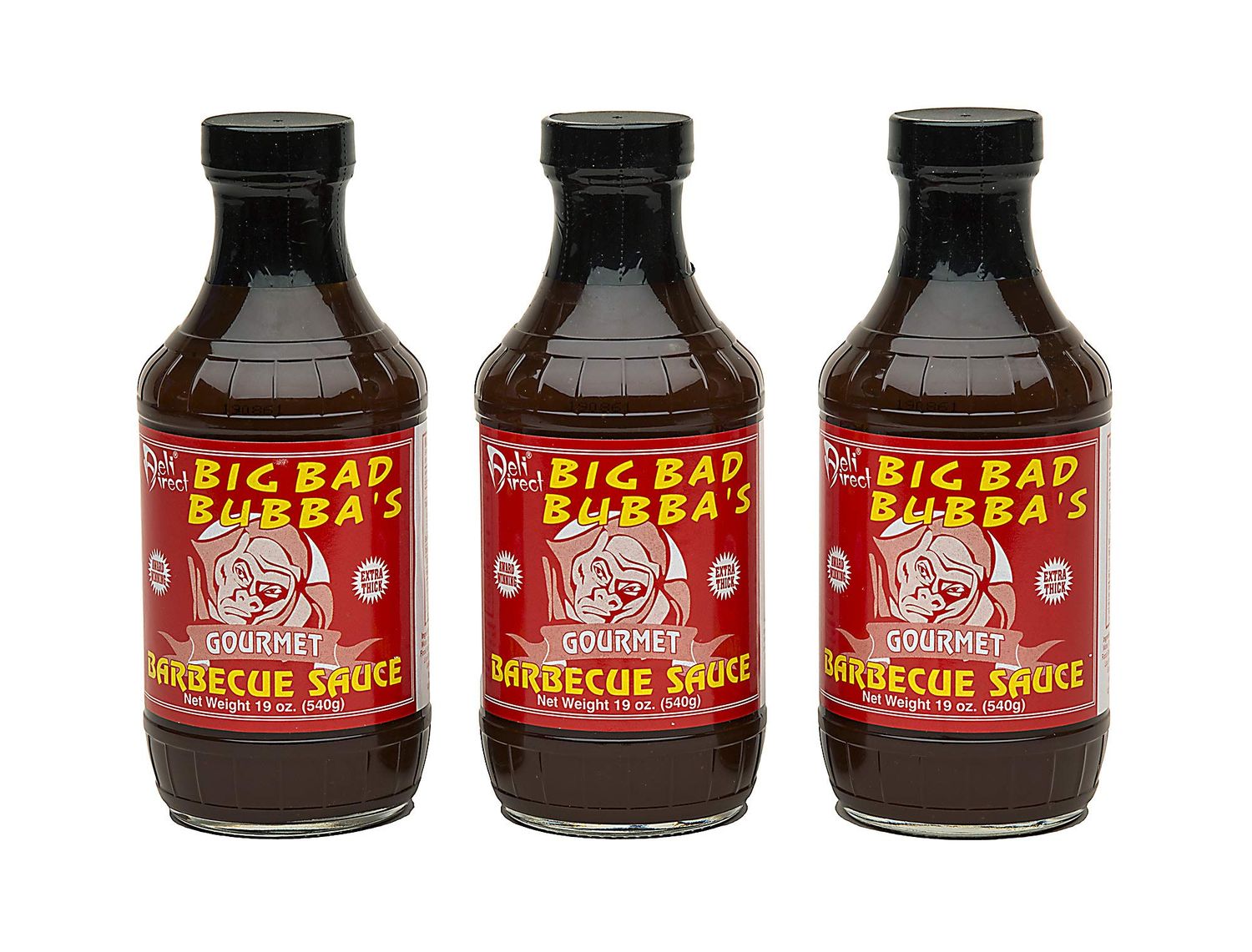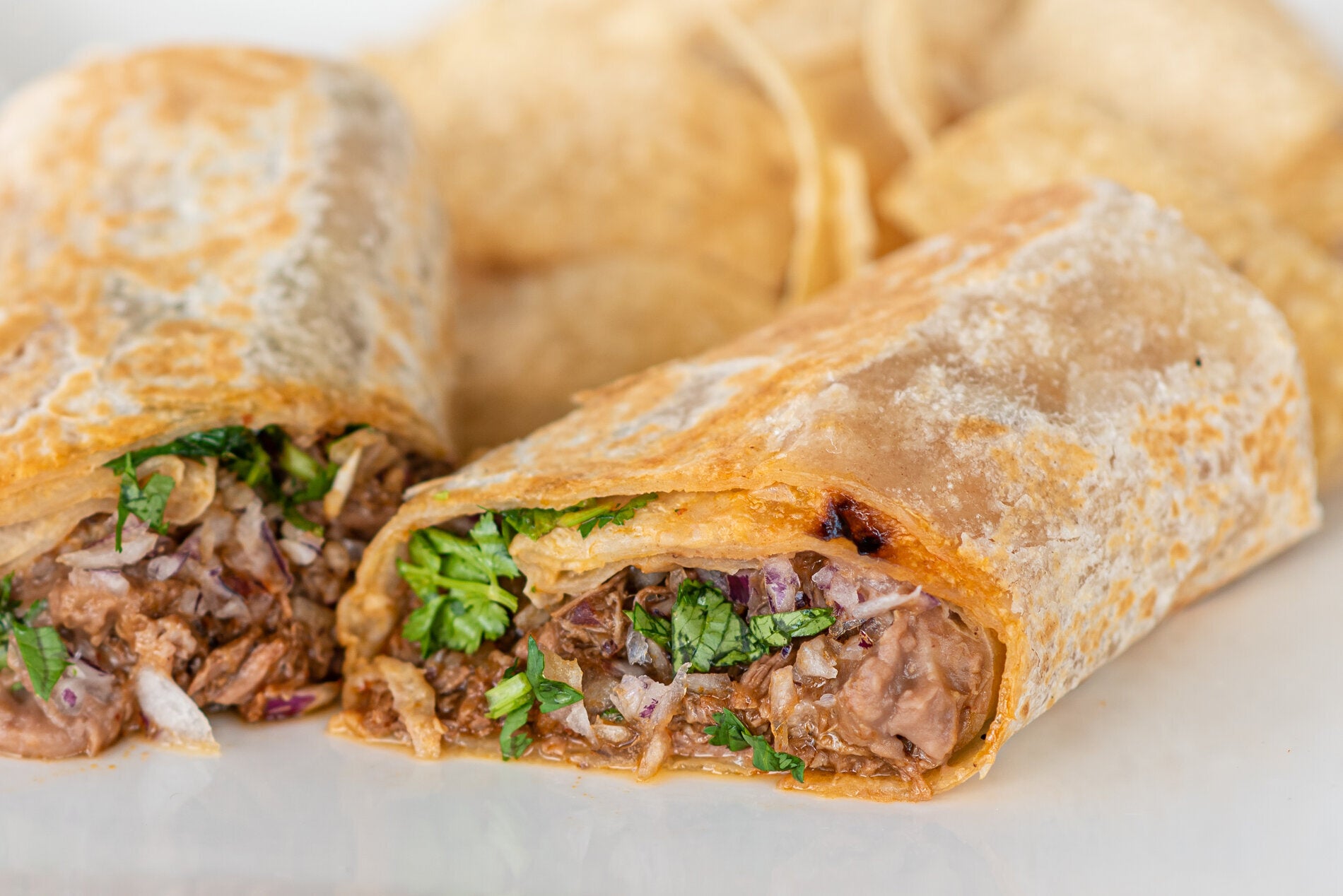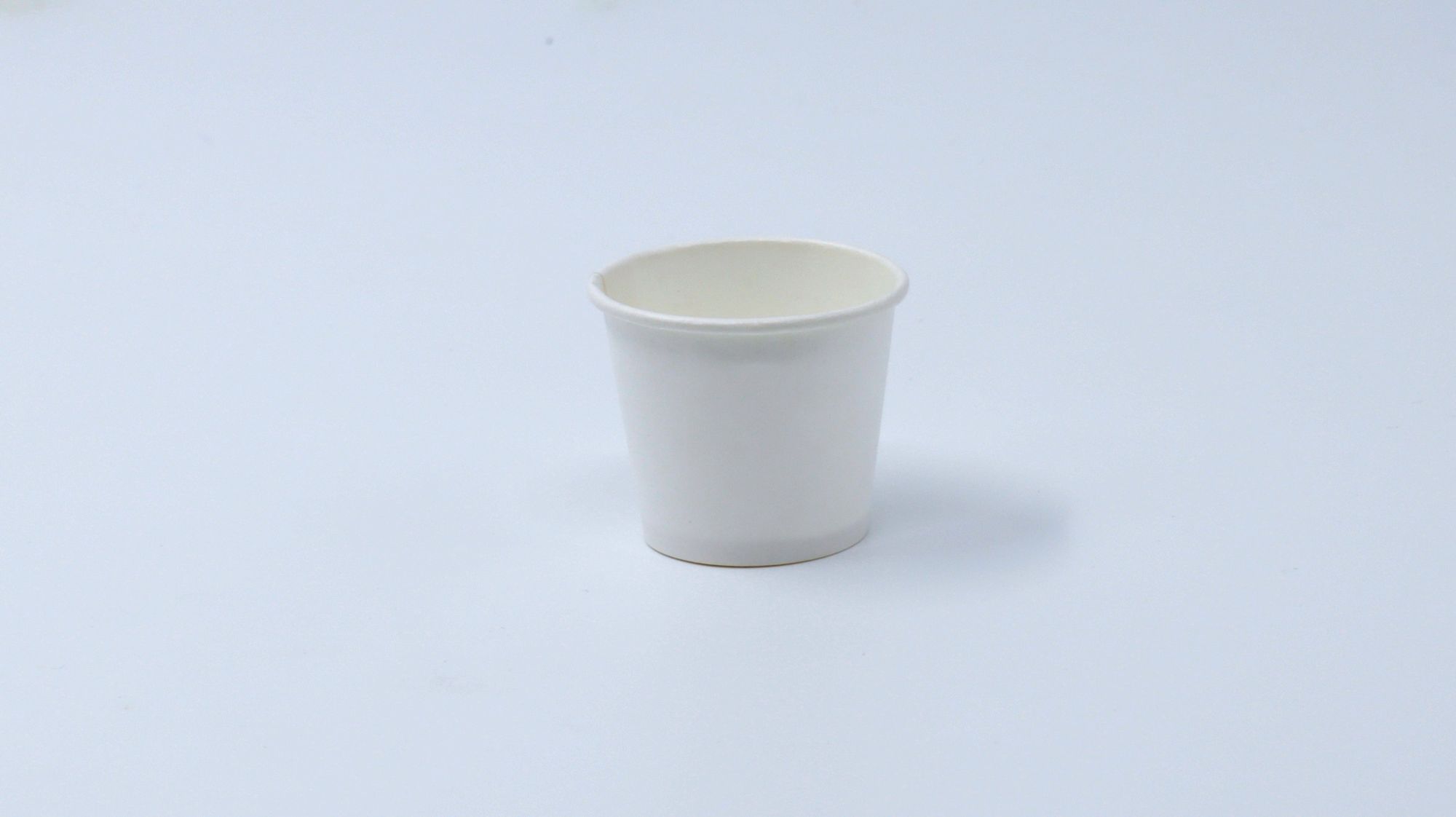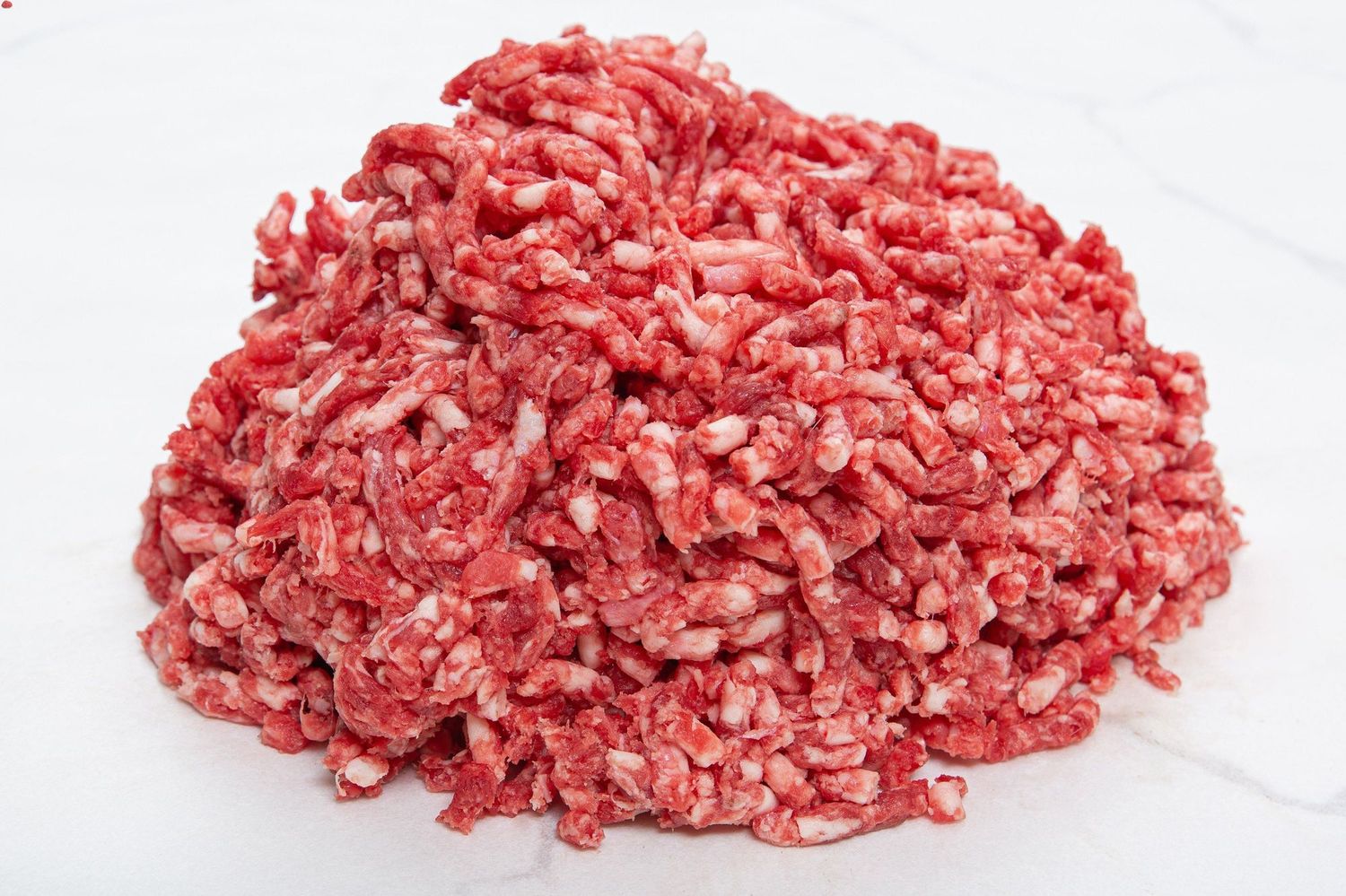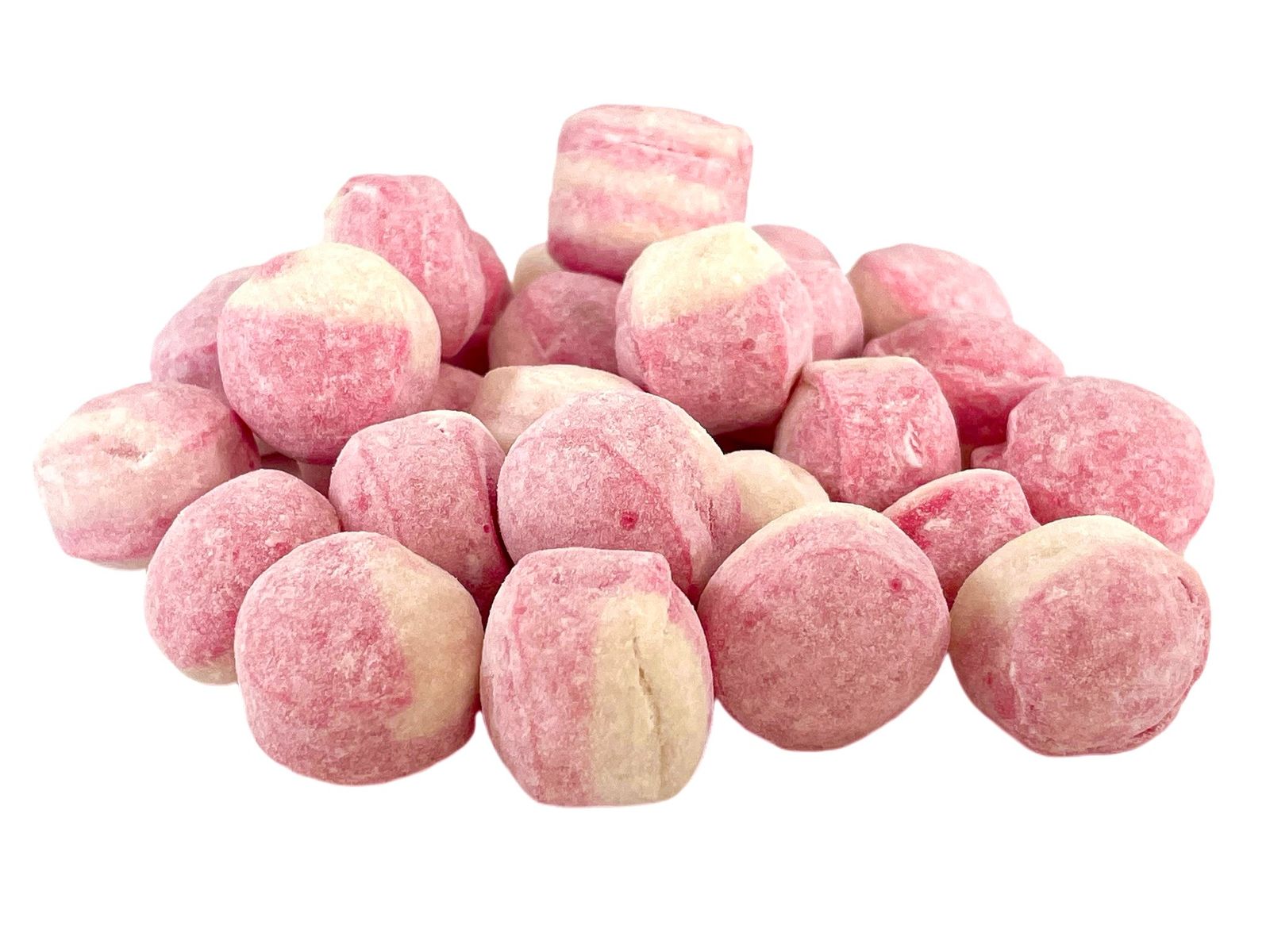When it comes to salad dressings, there are countless options to choose from. One popular choice that you may have come across is Catalina dressing. But what exactly is Catalina dressing, and what sets it apart from other dressings? Let's dive in and explore this flavorful condiment.
The Origins of Catalina Dressing
Catalina dressing is believed to have originated in the United States, with its name likely inspired by the resort city of Santa Catalina Island off the coast of California. This zesty, sweet, and tangy dressing has become a staple in many households and restaurants, adding a burst of flavor to a variety of dishes.
Flavor Profile
Catalina dressing is known for its unique flavor profile. It typically combines the sweetness of tomatoes or tomato paste with the tanginess of vinegar and a hint of spice. The result is a versatile dressing that can complement a wide range of salads and other dishes.
Ingredients
The exact ingredients in Catalina dressing can vary depending on the recipe, but some common components include:
- Tomato paste or ketchup
- Vinegar (often white or red wine vinegar)
- Sugar or high fructose corn syrup
- Onion powder
- Paprika
- Worcestershire sauce
- Salt and pepper
- Oil (such as vegetable or olive oil)
Versatility
One of the reasons Catalina dressing has remained popular over the years is its versatility. While it is commonly used as a salad dressing, it can also be used as a marinade for meats or as a dipping sauce for appetizers. Its bold flavor can add a delicious twist to dishes such as taco salads, grilled chicken, or even as a topping for a classic Reuben sandwich.
Store-Bought vs. Homemade
Catalina dressing is readily available in most grocery stores, typically found in the condiment aisle alongside other dressings and sauces. However, many people also enjoy making their own Catalina dressing at home. This allows for customization of the ingredients and flavors to suit individual preferences.
Nutritional Considerations
As with any condiment, it's important to be mindful of the nutritional content of Catalina dressing. Store-bought versions may contain added sugars and preservatives, so it's essential to check the label for ingredients and serving sizes. Making homemade Catalina dressing can offer more control over the ingredients and potentially reduce the amount of added sugars.
Incorporating Catalina Dressing into Your Meals
If you're looking to add a burst of flavor to your meals, consider incorporating Catalina dressing into your culinary repertoire. Whether you use it as a dressing for a colorful salad, a glaze for grilled meats, or a dipping sauce for veggies, Catalina dressing can elevate the taste of your dishes.
In conclusion, Catalina dressing is a versatile and flavorful condiment that has earned its place in the world of culinary delights. Whether you opt for a store-bought version or decide to whip up a batch at home, this zesty dressing is sure to add a delightful kick to your favorite meals. So, the next time you're looking to liven up your plate, consider reaching for a bottle of Catalina dressing and let your taste buds rejoice!
Was this page helpful?
Read Next: What Is Cold Braise
